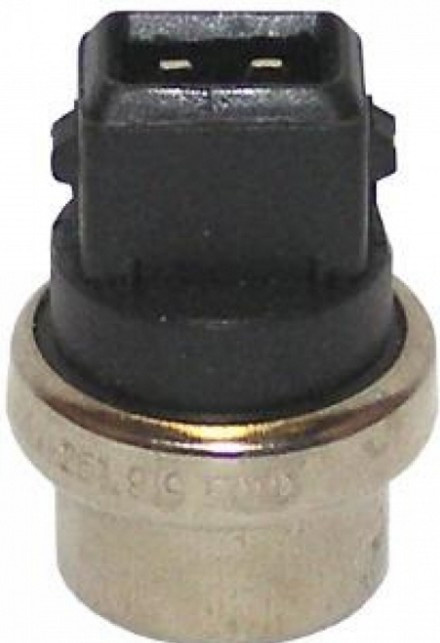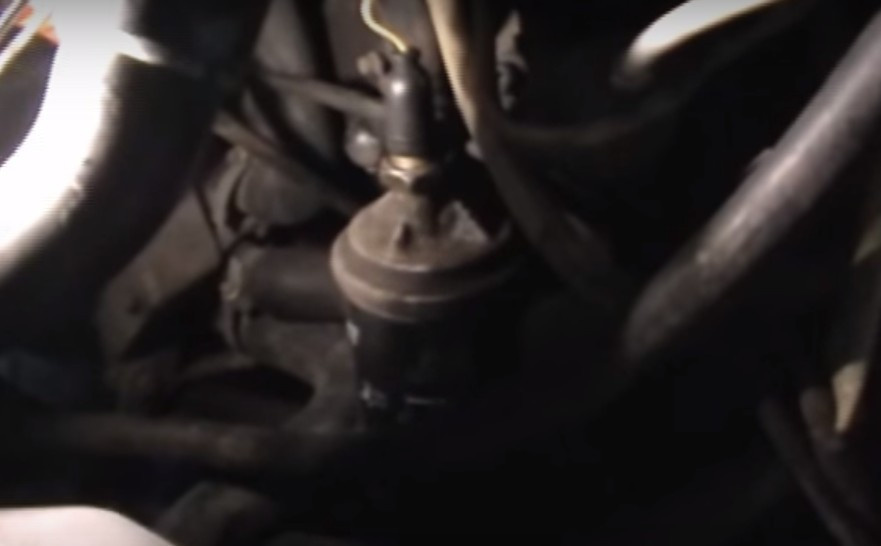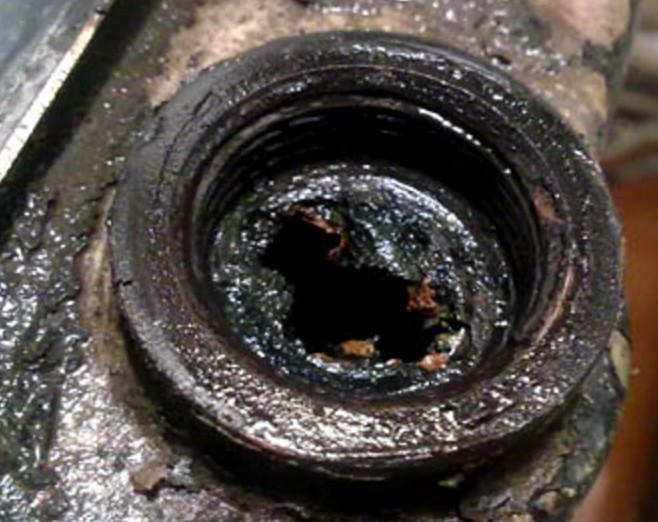
Oil pressure sensor on a Volkswagen Passat
Content
The engines installed on Volkswagen Passat cars are highly reliable. Thanks for this we must not only competent German engineers, but also an excellent lubrication system for the rubbing parts of the engine. But there is a problem: oil sensors. They are the weak point of the lubrication system, because they often break. The car owner has to change them periodically. And at this stage, a person will face some difficulties with which we will try to cope.
Types and location of oil sensors on the Volkswagen Passat
The Volkswagen Passat line has been in production since 1973. During this time, both engines and oil sensors have changed in the car many times. Therefore, the location of the oil pressure sensors depends both on the year of manufacture of the car and on the type of engine installed in it. It is not uncommon for a driver, having gone to the store for a new oil sensor, to find that the sensors for his car are no longer being produced.
Main types of oil sensors
To date, on sale you can find sensors marked EZ, RP, AAZ, ABS. Each of these devices is installed only on a certain type of engine. To find out which sensor he needs, the car owner can refer to the operating instructions for the machine. Devices differ not only in marking, but also in location, color and number of contacts:
- blue oil sensor with contact. Installed next to the cylinder block. Working pressure 0,2 bar, article 028-919-081;
 Sensor 028-919-081 is installed on all modern Volkswagen Passat cars
Sensor 028-919-081 is installed on all modern Volkswagen Passat cars - black sensor with two contacts. Screws directly into the oil filter housing. Working pressure 1,8 bar, catalog number - 035-919-561A;

Black sensor Volkswagen Passat 035-919-561A has two contacts - white sensor with contact. Like the previous model, it is mounted on an oil filter. Working pressure 1,9 bar, catalog number 065-919-081E.

White single contact oil pressure sensor 065-919-081E is installed on Volkswagen Passat B3
Location of oil sensors
Almost all modern Volkswagen Passat models always use a pair of oil sensors. This also applies to the B3 model. There, both sensors are located on the oil filter housing: one is screwed directly into the housing, the second is mounted on a small bracket, which is located just above the filter. This arrangement of sensors has proven itself very well, as it allows you to get the most accurate information about the oil pressure in the engine.
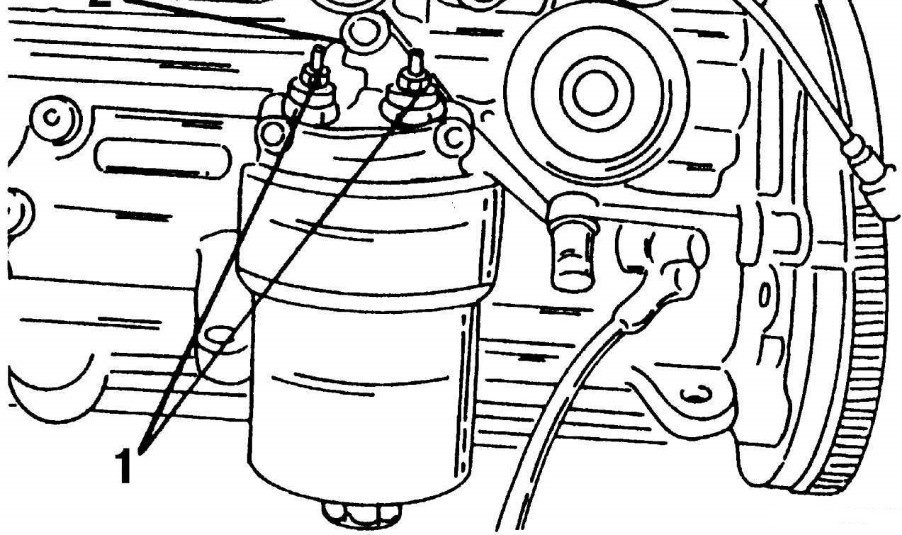
The number 1 marks a pair of sensors on the Volkswagen oil filter
When the oil pressure in the system is too high or too low, one of the sensors is activated and a warning light on the dashboard in front of the driver lights up. The lower limit of oil pressure is less than 0,2 bar. Upper: more than 1,9 bar.
Checking the oil sensor on the Volkswagen Passat
First, we list the signs, the appearance of which indicates that the Volkswagen Passat oil sensor is faulty:
- The low oil pressure light on the instrument panel comes on. It manifests itself in different ways. In most cases, the indicator lights up after starting the engine, and then goes out. It may also flash intermittently while driving or stay on;
- at the same time as the light is flashing, noticeable drops in engine power are observed, and at low speeds the car starts off and stops easily;
- the operation of the motor is accompanied by extraneous noise. Most often it is a quiet blow, which gradually becomes stronger.
If the owner of the car has noticed any of the above signs, then the oil sensors need to be checked urgently.
Oil sensor test sequence
Before starting the diagnosis, it is necessary to remember a warning: sometimes oil sensors can be triggered due to too low an oil level in the system. Therefore, before checking the sensors, use a dipstick to check the level of lubrication in the engine. Sometimes just adding a little oil is enough to solve the problem. If the oil is in order, but the problem has not disappeared, you will need to open the hood, unscrew the sensors one by one and check them with a pressure gauge.
- The sensor is unscrewed from the oil filter socket and screwed into a special pressure gauge for cars.
- The pressure gauge with the sensor is screwed into the adapter, which, in turn, is screwed back into the oil filter.

Car pressure gauge and adapter with DDM screwed into the Volkswagen engine - Now take two pieces of insulated wire and a simple 12 volt light bulb. The first cable is connected to the positive terminal of the battery and to the light bulb. The second is for the contact of the sensor and the light bulb. The lamp lights up.

If Volkswagen DDM is running, the light will turn off when the speed increases - After connecting the light bulb and pressure gauge, the car engine starts. Its turnover is gradually increasing. At the same time, the readings of the manometer and the flask are carefully controlled. When the pressure on the pressure gauge rises to 1,6–1,7 bar, the light should go out. If this does not happen, then the oil sensor is faulty and needs to be replaced.
Replacing the oil sensor on the Volkswagen Passat
Almost all modern Volkswagen Passat models, including the B3, now have a pair of sensors installed, one of which is blue (it is connected to the oil filter inlet), and the second is white (it is connected to the oil filter outlet) monitors high pressure). Replacing both units is not a problem as they are easy to get to. It should also be noted here that motorists always change both oil sensors, and not just one (practice shows that if one oil sensor fails on a Volkswagen Passat, the second one will not work for long, even if it is working at the moment).
- The sensors are screwed into the oil filter and covered with plastic caps that can be easily removed by hand. Just lift the cover and the cable will be disconnected from the sensor contact.

Volkswagen oil sensors are closed with plastic caps that are removed manually - The oil sensors are unscrewed with an open-end wrench by 24 and removed.

The oil sensor on a Volkswagen is unscrewed with a 24 wrench, and then removed manually - If, after unscrewing the sensors, dirt is found in their sockets, it must be carefully removed with a rag.

Dirt often accumulates in Volkswagen oil sensor sockets, which must be removed - Instead of unscrewed sensors, new sensors are screwed on, caps with wires are connected to their contacts (blue wire - to the blue sensor, white wire - to the white one).
- The car engine starts, its speed gradually increases. The oil pressure light should not be on.
- After that, be sure to check the sensors for oil leaks. If small leaks appear after fifteen minutes of engine operation, the sensors should be slightly tightened. If no leaks are found, the repair can be considered successful.
Video: oil buzzer beeps on a Volkswagen Passat
Therefore, even a novice motorist can replace oil sensors on modern Volkswagen Passat cars. All you need is a 24 key and some patience. And here the main thing is not to confuse the brands and buy in the store exactly those sensors that are indicated in the operating instructions for the machine.
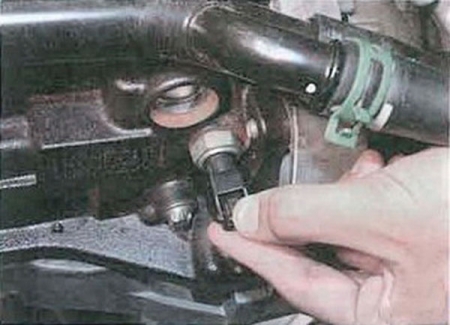
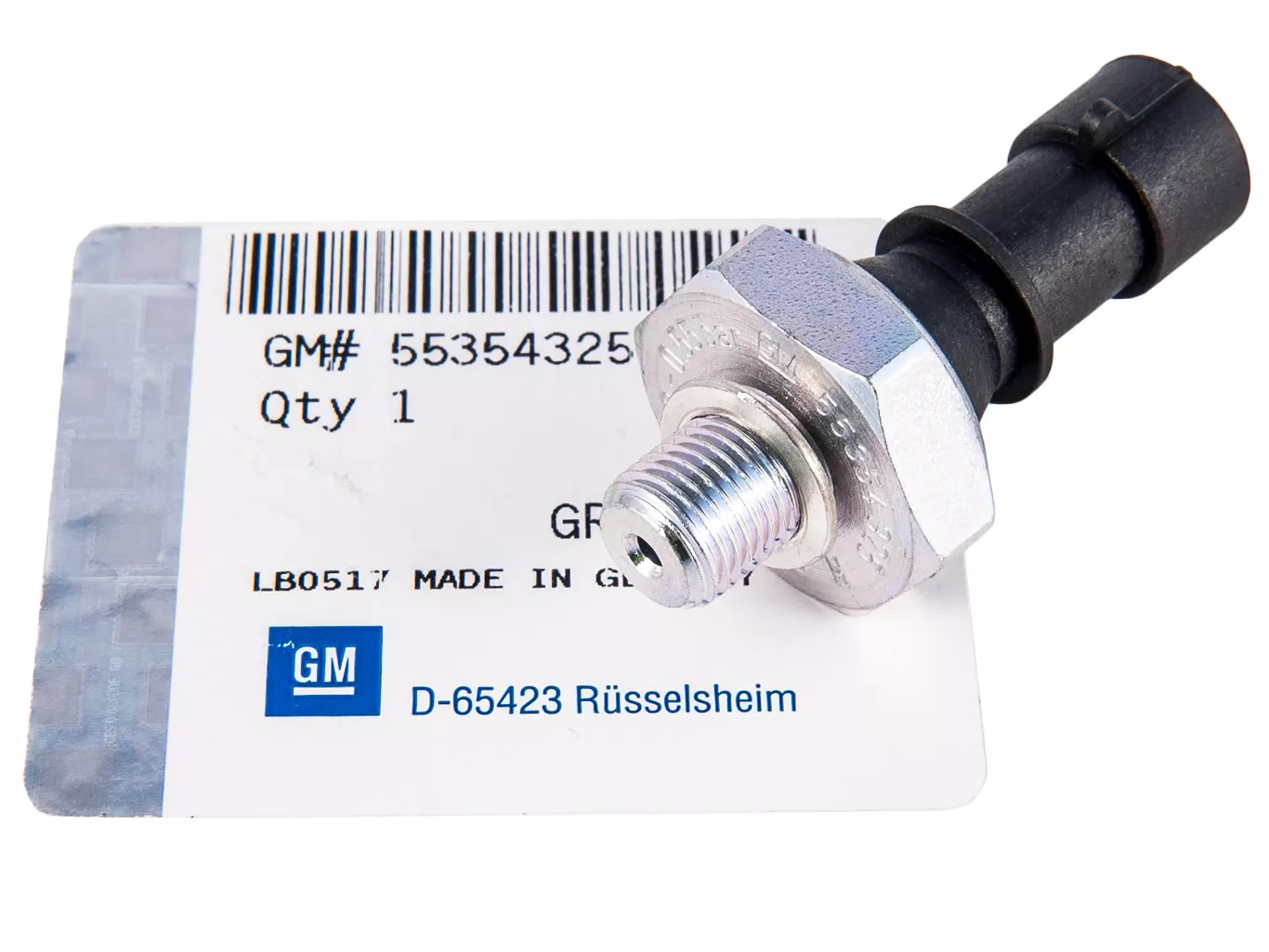
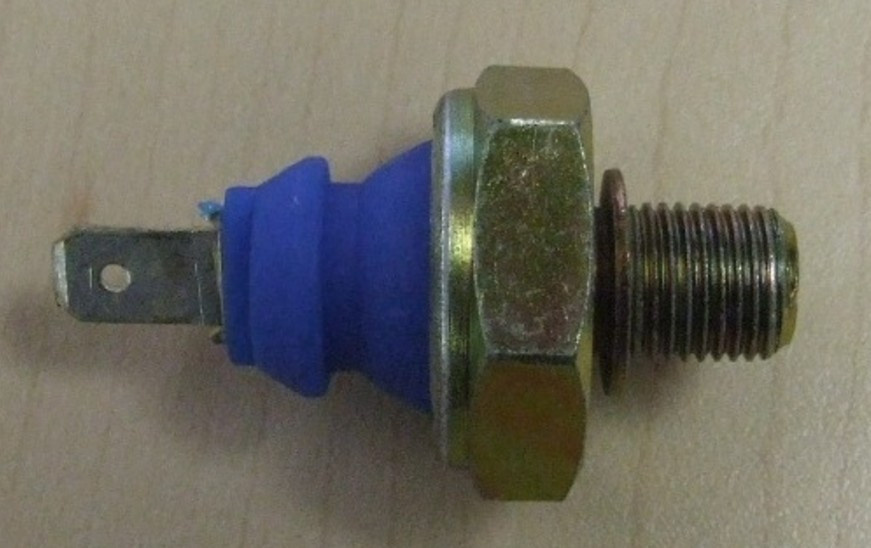 Sensor 028-919-081 is installed on all modern Volkswagen Passat cars
Sensor 028-919-081 is installed on all modern Volkswagen Passat cars